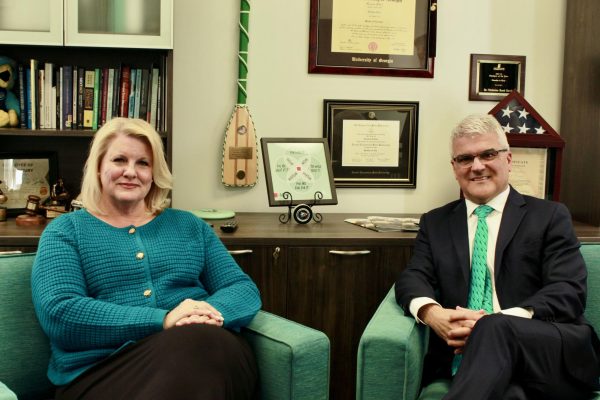Stanford rapist released from jail after serving 3 months
On Sept. 2, around 6 a.m. Pacific time, Brock Turner, who was convicted for sexually assaulting an unconscious woman in 2015, was released from Santa Clara County Main Jail in San Jose, California after serving only three months of his six-month sentence.
According to BBC, inmates in California institutions usually serve 50 percent of their sentences before receiving early release, making his early release common. He now begins his three years of supervised probation and is a registered sex offender for life.
Turner sexually assaulted the victim on Jan. 18, 2015 outside a Stanford fraternity house while she was unconscious. He was apprehended by two other Stanford students who chased him after he ran and held him until police arrived.
Despite multiple witnesses of the event, a detailed impact statement by the victim and his actions fitting the justice system’s definition of sexual assault, Turner pled not guilty. Turner was charged with three counts of sexual assault, and the charges held a potential for 14 years of imprisonment. However, the judge, Aaron Persky ,only gave Turner a six-month jail sentence followed by three years on probation.
Given the controversy surrounding Turner’s case and the already comparatively short sentence of six months in county jail, his early release angered many, causing onlookers of his release to jeer and yell at him.
The Bureau of Justice Statistics’ most recent report from 2009 on the sentences and time served by rapists’ states that the average sentence is 94 months, which is nearly 8 years. Turner’s sentence pales in comparison, at just over 6 percent of the average sentence.
Judge Aaron Persky is a Stanford alumnus, which some have said contributed to his comparatively lenient sentencing of Turner, who was a Stanford student at the time of his arrest.
Persky has been criticized for his decision, and over 650,000 people signed a petition for him to be removed from the bench, according to CNN. Even students and professors from Persky’s alma mater have requested a recall.
“The judge had to bend over backwards to accommodate this young man’s request for a probation,” said Stanford professor Michele Dauber.
The District Attorney who represented the victim in this case expressed criticism of the sentencing, stating “The punishment does not fit the crime.” In this case, the District Attorney suggested 6 years of prison, and the maximum the charges could have held was 14 years.
When rape and sexual assault cases receive a lot of attention, and a short punishment, victims are less likely to come forward and report these acts of violence to the police. According to Ben David, New Hanover County’s District Attorney, “Breaking the well-documented cycle of abuse is at the core of my prevention strategy.” UNCW also has many on campus advocates for victims of sexual assault and rape, like the Collaboration for Assault Response & Education (CARE) office. UNCW’s campus is actively trying to prevent rape and help any victims, and Stanford University claims the same, yet has received heavy criticism.
Stanford University’s initial response to the case’s national attention was the release of a statement saying that they had done everything in their power to prevent rape on campus and to assist the victim in seeking justice.
“In less than two weeks after the incident, Stanford had conducted an investigation and banned Turner from setting foot on campus,” said a representative of the university in the statement released on June 6, 2016. “This is the harshest sanction that a university can impose on a student.”
Stanford also updated its policy regarding on-campus alcohol after the Turner case, and it has brought been received with great scrutiny. In a personal statement, Turner blamed party culture and alcohol for his decision to commit rape.
“I thought it was fundamental to being in college and living like a college student,” said Turner in a personal statement during his trial.
The university’s change in alcohol policy has been to limit the container sizes of hard alcohol allowed on campus. While this or a complete ban of hard alcohol or of alcohol as a whole is not unusual on college campuses, Stanford’s Student Affairs webpage, which has since been altered, reflected a “victim-blaming attitude” according to many critics. According to Mic Network, the now-deleted section the effects of alcohol on male and female bodies, perceived sexual availability and sexual aggression blamed women over nine times for putting themselves in negative positions that could result in sexual assault instead of the person who might assault them.
The statistics given in this statement by Student Affairs have also been contested. They claim that alcohol or even alcohol placebos increase sexual aggression in men, yet studies conducted by a researcher at the University of Washington indicate that after four or five drinks, men become less easily aroused. This has led many to wonder if the rest of the statistics on that page are scientifically accurate or just take blame off of assailants in sexual assault and rape cases.







